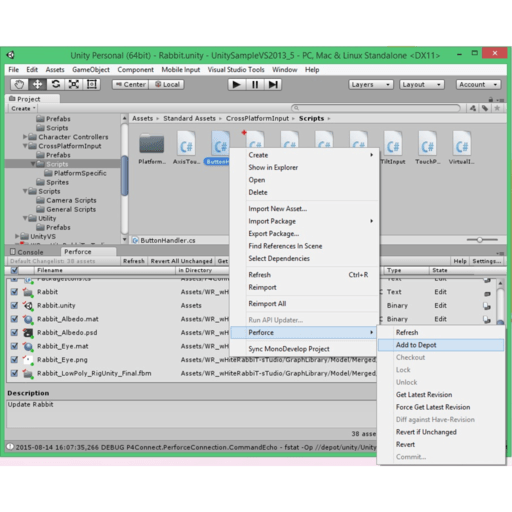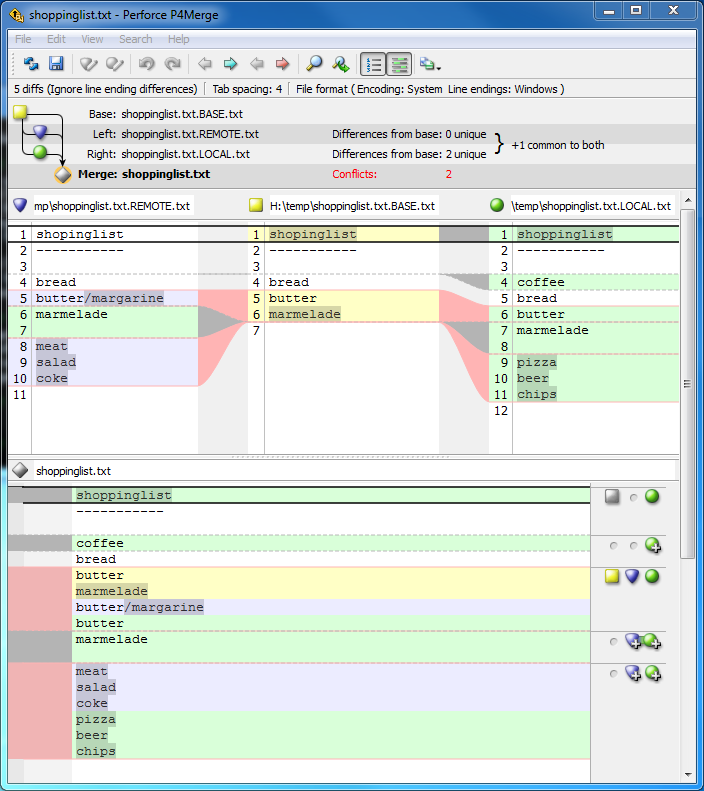
On the Dashboard, in the Alerts section, select the alert, which notifies you if a volume is running low on storage capacity, and then select Go To Volume.Īt the top of the volumes detail page, select Settings.Įnter a new larger size in the right pane, and then select Save.

You can also open the volumes detail page directly from Dashboard. On the volume detail page, the storage capacity for the volume is indicated. On the Volumes page, select the Inventory tab, and then select the volume that you want to expand. In Windows Admin Center, connect to a cluster, and then select Volumes from the Tools pane.
P4merge no server how to#
This section describes how to expand volumes using Windows Admin Center or PowerShell.įollow these steps to expand volumes in Windows Admin Center: If these aren't already available in your PowerShell session on your management computer, add them using the following command: Add-WindowsFeature RSAT-Clustering-PowerShell. If using PowerShell to move volumes, make sure you have the Remote Server Administration Tools (RSAT) cmdlets and PowerShell modules for Hyper-V and Failover Clustering.To find out about the health state of a volume, see Monitor volumes for Windows Admin Center and Virtual disk state for PowerShell. Make sure the volume is in a healthy state before you move it.Here are a few additional prerequisites for moving volumes: You have access to a management computer that is in the same domain as your cluster.You have administrator privileges to access the cluster.Prerequisitesīefore you begin to manage volumes, make sure that: This article describes how to expand, move, or delete volumes in Azure Stack HCI and Windows Server by using either Windows Admin Center or PowerShell.

Applies to: Azure Stack HCI, versions 22H2 and 21H2 Windows Server 2022, Windows Server 2019, Windows Server 2016


 0 kommentar(er)
0 kommentar(er)
